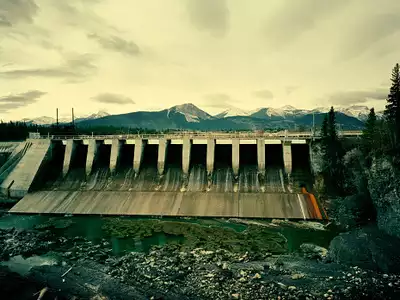A recent investigation into the 2 MW Bale Gowand Hydropower Project on the Hoshe River in Pakistan -occupied Gilgit Baltistan , has revealed major issues with its construction and planning
Initiated under the 2012 Annual Development Program (ADP) at a cost of Pakistani Rupees (PKR) 395.324 million, the project began construction in 2014 and was completed in 2022. However, just two months after completion, cracks appeared in the power channel and four bays, leading to water leakage and a drop in power generation.
A three-member committee, formed under the chairmanship of Engineer Zia-ur-Rehman, visited the site and submitted a detailed report. The investigation revealed that the four bays, which store and direct water to the turbines, were built on soft and unstable ground. This resulted in cracks due to subsidence. Similarly, the spillway was constructed on poor-quality land, contributing to further damage, while the 4,300-foot-long power channel was found leaking water due to cracks in its walls. The report attributes these issues to the use of substandard materials, including a poor cement-water ratio
Additionally, the feeder channel, relocated 700 feet after the 2015 floods, faces similar instability and water pressure issues. The report suggests urgent repairs and improvements, including rebuilding the four bays on more stable terrain and relocating the spillway to a better-suited location.
The investigation also criticizes the contractors, Ahmed Ali and Sons and Ghulam Mehdi and Sons, for their subpar work. Despite the potential for increasing the project’s capacity to 6 MW, the report urges authorities to focus on repairing the existing infrastructure instead of expanding power generation.
The report highlights the urgent need for corrective measures to prevent further damage and ensure the project’s long-term sustainability. It also calls for a thorough review of the design and construction processes, recommending stricter quality control in future projects to avoid similar failures

